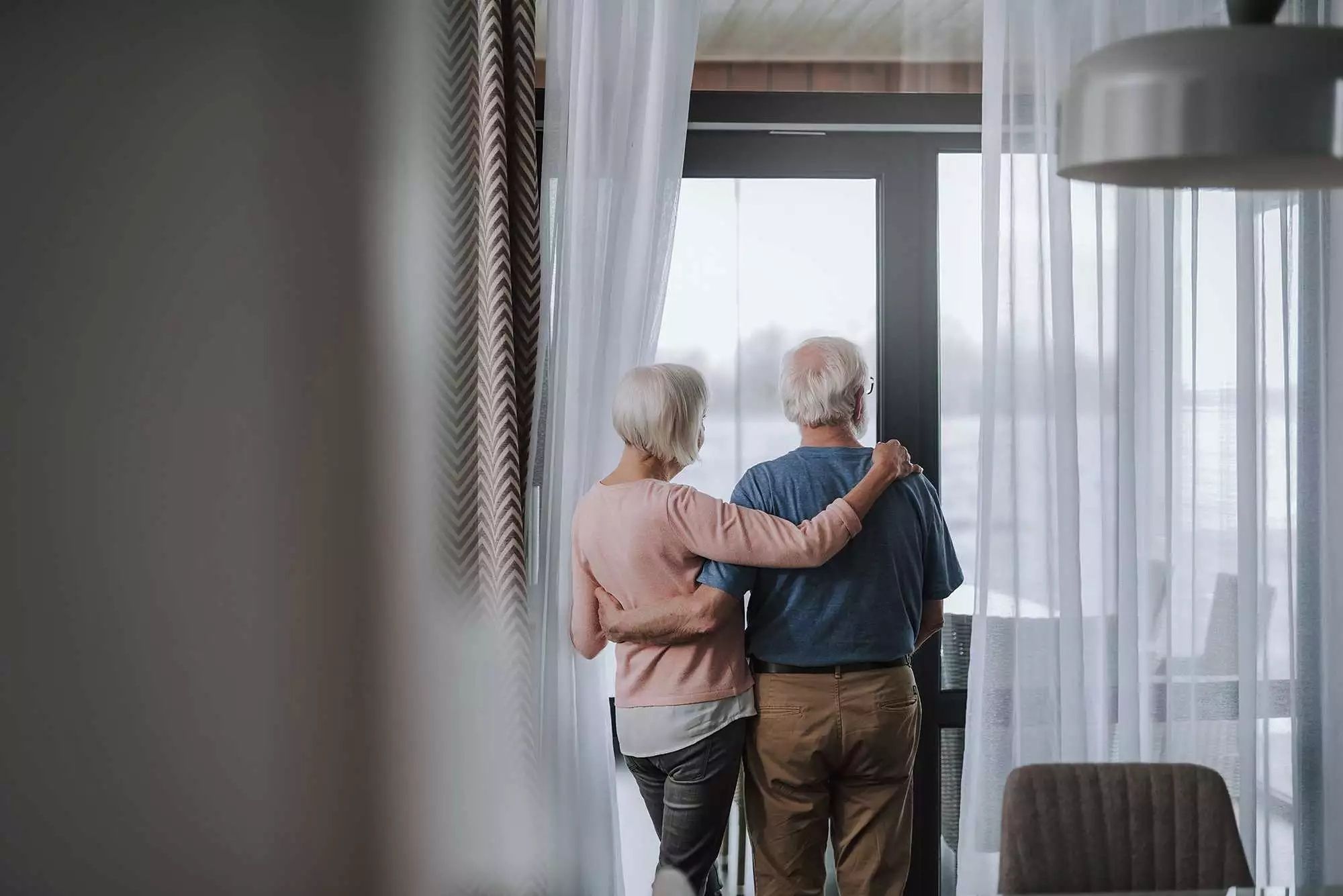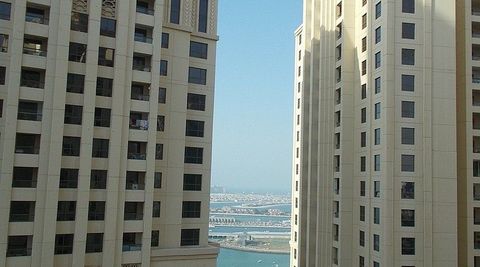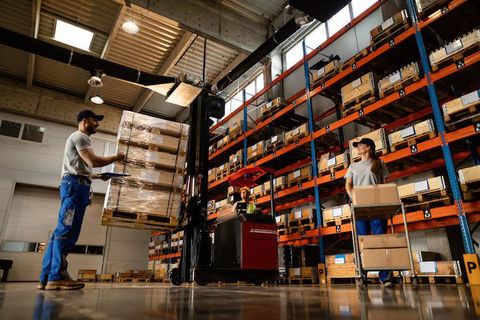Exploring New Senior Apartments: A Complete Guide to Finding the Right Fit
Senior apartments are designed to provide older adults with safe, comfortable, and community-oriented living spaces. They exist to meet the growing demand for age-friendly housing that supports independence while offering access to amenities and social opportunities.
As populations age globally, many seniors seek environments that combine convenience, accessibility, and a sense of belonging. Senior apartments cater to individuals who are typically aged 55 and above, offering layouts and features that simplify daily life—such as step-free access, wider doorways, and accessible bathrooms.
Unlike assisted living facilities, senior apartments are usually for independent individuals who wish to live among peers while enjoying features like communal areas, planned activities, and maintenance-free living.

Importance
The importance of senior apartments continues to rise as the global senior population expands. According to demographic studies, people aged 65 and older now represent a growing share of the world’s population, creating an increased need for specialized housing.
Senior apartments matter because they:
-
Promote independence: Older adults can live on their own while having access to support if needed.
-
Enhance social connection: Community-oriented designs encourage social engagement and reduce isolation.
-
Improve safety and accessibility: These apartments often feature secure entry systems, emergency response options, and accessible layouts.
-
Reduce maintenance stress: Seniors can enjoy freedom from home repairs, yard work, or complex upkeep.
-
Provide proximity to care and amenities: Many are located near healthcare centers, shops, and recreational areas.
The people most affected include retirees, older adults seeking downsized living, and families looking for safe housing options for elderly relatives. Senior apartments solve the problem of balancing independence with security and community engagement.
Recent Updates
Between 2024 and 2025, several developments have influenced how senior apartments are designed and managed:
-
Smart home integration (2025): Modern senior apartments now include smart systems for lighting, temperature control, and emergency alerts. These technologies support convenience and safety for residents.
-
Focus on wellness amenities (2024): Many new communities are introducing wellness programs, walking trails, and fitness areas to promote healthy aging.
-
Sustainability in design (2025): Energy-efficient building materials and green certifications are becoming standard in newly constructed senior apartments.
-
Hybrid living models (2024): Developers are blending independent senior apartments with optional support services such as transportation or meal plans, offering flexibility without creating dependency.
-
Digital community platforms (2025): Senior apartment complexes increasingly use online platforms to organize social events, communicate announcements, and help residents stay connected.
These updates reflect the growing emphasis on smart, sustainable, and community-focused living for older adults in today’s housing landscape.
Laws or Policies
Government policies and regulations play an important role in shaping senior housing, ensuring safety, accessibility, and fairness in housing practices. Common regulations affecting senior apartments include:
-
Fair Housing Act (U.S.): Protects older adults from housing discrimination based on age, disability, or other characteristics.
-
Age-Restricted Housing Rules: Many senior apartments fall under “55+ community” or “62+ community” classifications, governed by specific age-related occupancy laws.
-
Accessibility Standards: Laws such as the Americans with Disabilities Act (ADA) require accessibility features like ramps, elevators, and wide hallways.
-
Local Building Codes: Cities often mandate safety measures such as fire alarms, emergency exits, and handrails in senior living buildings.
-
Government Incentives: In several countries, there are housing programs that encourage the development of age-friendly communities and affordable senior housing options.
These regulations ensure that senior apartments remain safe, inclusive, and supportive of aging populations.
Tools and Resources
Finding the right senior apartment is easier with the help of reliable digital tools and informational platforms. Some useful options include:
-
Housing Search Websites: Online directories that list age-restricted communities with filters for location, amenities, and accessibility.
-
Accessibility Checklists: Free templates that help families assess features such as bathroom accessibility, emergency systems, and entryways.
-
Community Planning Tools: Websites offering neighborhood walkability scores and proximity to essential services like healthcare and public transport.
-
Virtual Tours: Many modern housing platforms provide 3D tours or virtual walkthroughs of senior apartments to help users make informed decisions.
-
Government and Nonprofit Resources: Agencies such as HUD (U.S.) or Age UK offer information about housing assistance, accessibility standards, and community programs.
-
Wellness and Lifestyle Apps: Tools designed to track physical activity, remind users about medication, and connect them to social groups for active living.
These resources help simplify the process of researching, comparing, and selecting the most suitable senior apartment for one’s lifestyle.
Example Table: Key Features to Consider in Senior Apartments
| Feature Type | Description | Benefit for Residents |
|---|---|---|
| Accessibility Design | Step-free entryways, wide doors, handrails | Enhances mobility and independence |
| Safety Systems | Emergency alarms, secure access, smoke detectors | Improves resident safety and peace of mind |
| Social Amenities | Common rooms, clubs, planned events | Encourages social engagement |
| Location Convenience | Proximity to hospitals, shops, transit | Provides easy access to essentials |
| Technology Integration | Smart sensors, Wi-Fi connectivity | Supports comfort and remote monitoring |
FAQs
What is the difference between senior apartments and assisted living?
Senior apartments are designed for independent older adults, while assisted living provides daily personal care support and medical supervision.
Who can live in a senior apartment?
Typically, individuals aged 55 or older can qualify. Some communities require all residents to meet the age minimum, while others allow exceptions for younger spouses or caregivers.
Are senior apartments only for retirees?
No, senior apartments are available for anyone within the required age range who wants a comfortable, low-maintenance lifestyle among peers.
What features make a senior apartment safe?
Key safety features include accessible bathrooms, emergency call systems, well-lit pathways, and secure entry systems.
Can senior apartments include family visits or guests?
Yes, most senior apartments allow family visits, and some even have guest rooms for short stays, depending on community rules.
Conclusion
Senior apartments represent a growing part of modern housing focused on independence, safety, and community for older adults. They offer a thoughtful balance between private living and shared social experiences, meeting the needs of a generation that values both comfort and connection.
With recent innovations such as smart technologies, eco-friendly design, and health-oriented amenities, the future of senior housing continues to evolve. By understanding available options, laws, and resources, individuals and families can make informed decisions that support active, secure, and fulfilling living in later life.







